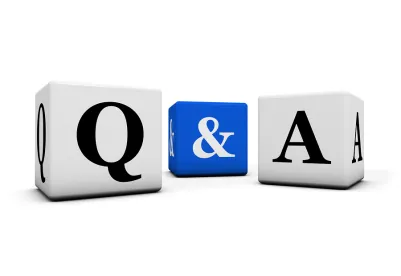Sometimes departing employees are more comfortable expressing their concerns in writing rather than communicating them verbally. These written messages may take the form of what’s often called a “vent letter,” which could range from an informal email to something that looks more like a formal complaint. Employers and human resources (HR) professionals are tasked with appropriately addressing such communications. Here are some tips and answers to commonly asked questions about vent letters.
Q: What can an HR professional do upon receipt of a vent letter?
A: From a risk management perspective, employers may want to treat vent letters the same as they would treat issues raised in an exit interview or otherwise. There are a lot of good reasons to do this. One obvious benefit is that it could decrease legal risk. For example, if an employer is aware of a complaint of what could be harassment from a supervisory employee and does not complete an investigation, this could have negative legal implications for the organization down the road.
Q: When an organization has exit interviews, do vent letters suggest that the exit interview process isn’t working?
They certainly could! It is common for vent letters to come in post-exit interview when the “wrong” person is tasked with doing the exit interview. It is particularly problematic when the interviewer is the person who is the source of the employee’s issues. This prevents the employee from being candid during the exit interview. For this reason, employers may want to ensure that a neutral manager or HR professional conducts the exit interview.
Q: What can HR do with a vent letter after reading it?
If the vent letter or email contains something that, in ordinary practice, an employer would investigate and resolve if it arose during employment or an exit interview, then the employer may want to complete an investigation and maintain the letter or email (and resulting investigation file) in the same location as its customary practice dictates. At a minimum, employers may want to maintain the letter in the employee’s file even if no investigation is completed so that if there ever is an Equal Employment Opportunity Commission charge or litigation implicating the employee, it has the correspondence.
Q: Can HR reply to the source of a vent letter? What can HR do if the author of the vent letter raises legal allegations?
A: Employers can use their judgment here and follow their ordinary practices. If the letter involves potential legal issues, certainly a more exhaustive investigation can be conducted, which would ordinarily involve reaching back out to the author. For letters raising potential legal issues, caution should be exercised and it is often wise to consider various courses of action and their consequences before taking action. If the vent letter or email involves only employee relations issues (e.g., my manager is mean), an email or letter acknowledging their correspondence and indicating that the organization has looked into their concerns would generally be sufficient.
Q: What can an employer do if a vent letter is the basis of a harassment investigation?
A: A number of harassment investigations have started with a vent letter or a post-employment complaint from a family member of the former employee. Since vent letters are often short in length and detail, the first step in conducting a harassment investigation on the basis of such a communication is usually asking the former employee for an interview. And then the investigation would flow from there. Again, when a potential legal issue is raised by a vent letter, it is important to consider all options and risks before reaching back out to the vent letter’s author.
The author of this article was previously quoted on this topic on SHRM Online.




 />i
/>i

